No products in the basket.
Blog
Gully Drains Explained – Buyer’s Guide
What is a Gully Drain?
A drain gully, or gully traps or gullies as they’re often called, are drains that catch surface water like rainwater and grey waste (wastewater from your dishwasher, washing machine, shower, etc.). As well as keeping out debris and preventing drain blockages, they let this wastewater drain away while keeping rodents and bad smelling gases from escaping, they’re a common item fitted to most properties!
Varieties of Drainage Gully
When you look up drainage gullies to buy, you might be thrown off by the number of different types that are on display – but there are only really three kinds you need to know about. All of them are just a way to connect the above ground drain to the below ground drain.
P Trap Drainage Gullies also known as Lowback P Traps
This type is named for the P shaped bend in the centre, the purpose of this being to trap the water that flows into the gully. The water comes in through a gully hopper (which we’ll discuss later) before entering the central chamber and then connecting to the main 4 inch drainage pipe system. The water trapped in the bend then forms a barrier, which stops gases (and therefore bad smells) from getting out into the air.
You can get them in both 90 and 45 degree angles, with both functioning in basically the same way. They usually come with a socket and rubber seal to connect a pipe into however sometimes they will come with out needing a coupling to connect the gully to the drainpipe. It’s worth noting that P trap gullies are not roddable – this is the main difference that separates them from bottle trap drainage gullies.
Bottle Trap Drainage Gullies
In principle, bottle trap drainage gullies are very similar to the P trap kind and have many of the same properties. However, one key difference is the fact that they’re roddable, which comes in handy when you’re sorting out a blockage. Because the main chamber of the bottle gully contains a trap that is removable, it’s much easier to maintain the gully as a homeowner, as you don’t have to call a specialist out to your property. You can simply remove the trap yourself, wash it out and replace it. Bottle gullies come as either a fixed unit, or with an adjustable top in square or round. The adjustable top makes it easy for you to adjust the grid to the ground height. They also come as either plain ended, or back inlet. Plain ended gullies have one outlet to connect to the sewage system. Back inlet gullies have an inlet on the back to attach to another drainage run.
Road Drainage Gullies
Finally, road drainage gullies are made to handle much heavier traffic in areas like airports and motorways, and are made with a trap that collects sediment and stops odours from getting out. They’re way bigger than the other two gully types we just went over, coming with a diameter of 150mm and covering an area of around 250m2 maximum.
They include units made of plastic that provide a liner for concrete casting, with concrete being used for reinforcement once all of the pipework has been joined up. They’re used for stormwater (rainwater) which will connect to the main drainage system to be discharged into a waterway. They will often come with the familiar grids on top which you will see all along the side of most roads.
Maintaining Your Gully Trap
You’ll need to keep up maintenance on your drainage gully to make sure blockages aren’t caused by debris or waste, as this can lead to flooding (and some pretty nasty smells making themselves known). Seasonal checks, particularly after rainy and windy weather, are a good idea to ensure that debris hasn’t been washed into your drain gully – clearing it out regularly is key to ensuring your gully lasts as long as it can.
When blockages occur, how you deal with said blockage is dependent on the kind of gully you’re dealing with. Unblocking a bottle gully is much more straightforward than a P Trap Gully due to the fact that it’s roddable, and contains a removable trap with easy outlet pipe access. All you need to do is remove the inner chamber trap, insert the drainage rod, and dislodge the blockage to remove. If the blockage is too tough to get rid of with rods, you might need to contact a specialist who’ll use a hose with a high powered water jet to break it up.
On the other hand, if you’re unblocking a P Trap Gully, you’ll need to hire a drainage specialist regardless of the blockage itself. They’ll likely use electro-mechanical pipe cleaning – which involves inserting an electric device with a cutting head around the bend – to clear out the gully.
Gully Hoppers Explained
Regardless of whether you’re working with bottle gullies or P trap gullies, you’re going to need a gully hopper. These take in water from the surface and funnel it down into the trap – depending on the depth of the gully, you can connect the hopper to your trap with a length of pipe. Typically, these hoppers will come complete with an attached grate, which functions to stop debris from getting into the drainage system. You can get hoppers in square, rectangular, and round shapes to match your chosen design and blend in with your paving.
Drainage Road Gully Grating Weight Ratings
If you have a bottle gully, it will have come with a grid attached that matches the trap – but if you have a road drainage gully, you’ll generally need to get separate grating. The gully grates are usually made from cast iron or ductile, and access is either hinged or down to complete removal from the frame during checks. Additionally, double triangle gratings have greater reinforcement, and can be used in areas with high speed traffic.
These grates are categorised in classes from A to F, with each class referring to a different intended weight and traffic level. Here’s an overview of each class, their test load, and the applications for which they’re most appropriate:
- Class F (F900) is for the biggest loads – think airports and military bases – and has a test load of 900kN (90 Tonnes).
- Class E (E600) is for industrial heavy loads, with a test load of 600kN (60 Tonnes).
- Class D (D400) grates are typically used on carriageways and highways, with a 400kN test load (40 Tonnes).
- Class C (C250) grates are used in service stations and small commercial car parks, with a test load of 250kN (25 Tonnes).
- Class B (B125) grates are appropriate for areas with slow moving traffic that doesn’t get too heavy, and has a test load of 125kN (12.5 Tonnes).
- Class A (A15) is exclusively for foot traffic and cyclists, and has a maximum load of 15kN (1.5 Tonnes).
To put these classes into greater perspective, while a carriageway (road) needs at minimum a class D grate, a domestic patio drainage fitting can get away with a class A grate.
Installing a Gully Trap
Typically the trap should be placed onto a pre-cast concrete slab, bricks or in-situ concrete, then the grid should be adjusted to the suitable ground level, ready for the rainwater downpipe or waste pipe to connect into it. Then you can connect the underground drainage pipe which will connect to the main drainage run or soakaway crate system.
Author Bio
Nathan Wilde
Nathan has been in the drainage and plastics industry for over 12 years. Having worked for both builders’ merchants and major manufacturers Nathan has gained a significant amount of industry and product knowledge. Now at EasyMerchant Nathan has dedicated himself to making trade’s people’s lives easier.
Shop Drain Gullies
Sale!
Sale!
(1)
From £40.95 Excl. VAT
Sale!
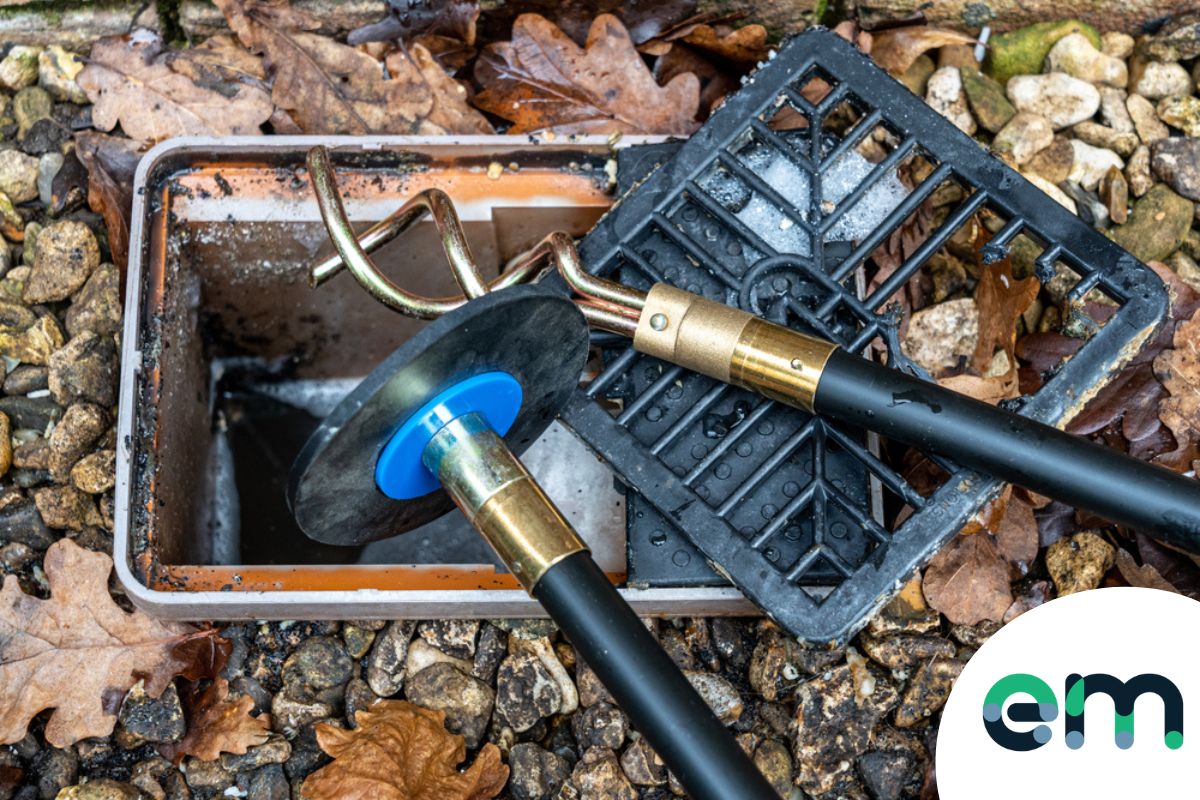
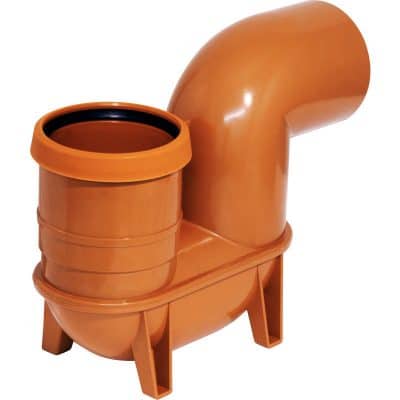
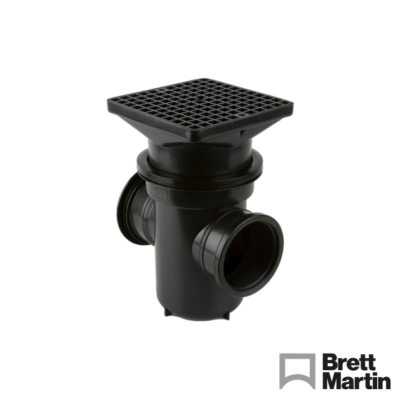
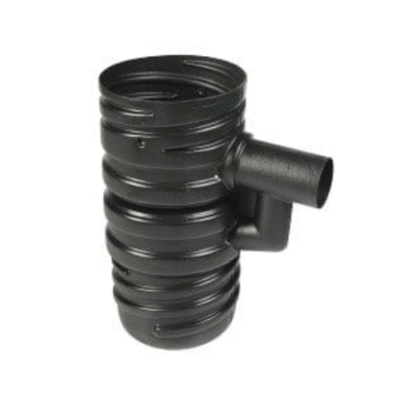
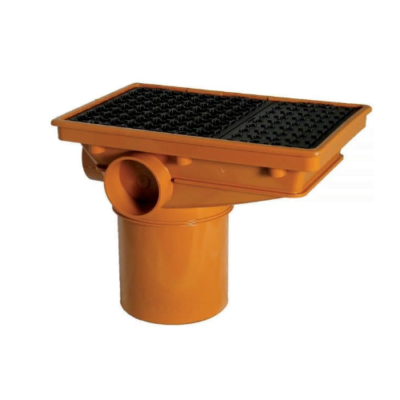

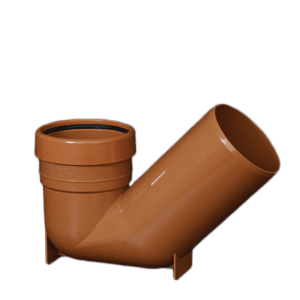
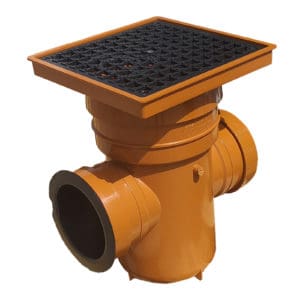
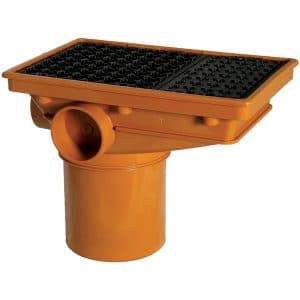
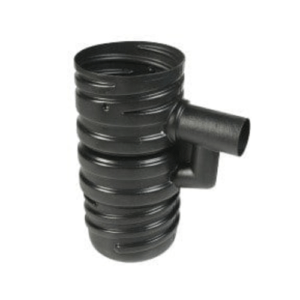
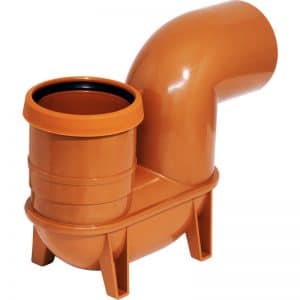
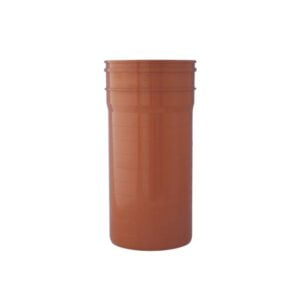
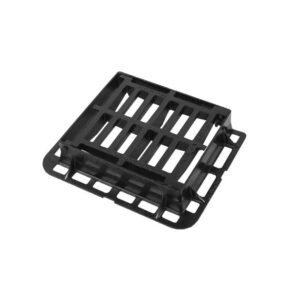
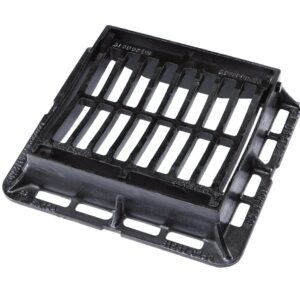
Nice article, great suggestions to adapt while buying gully drain!